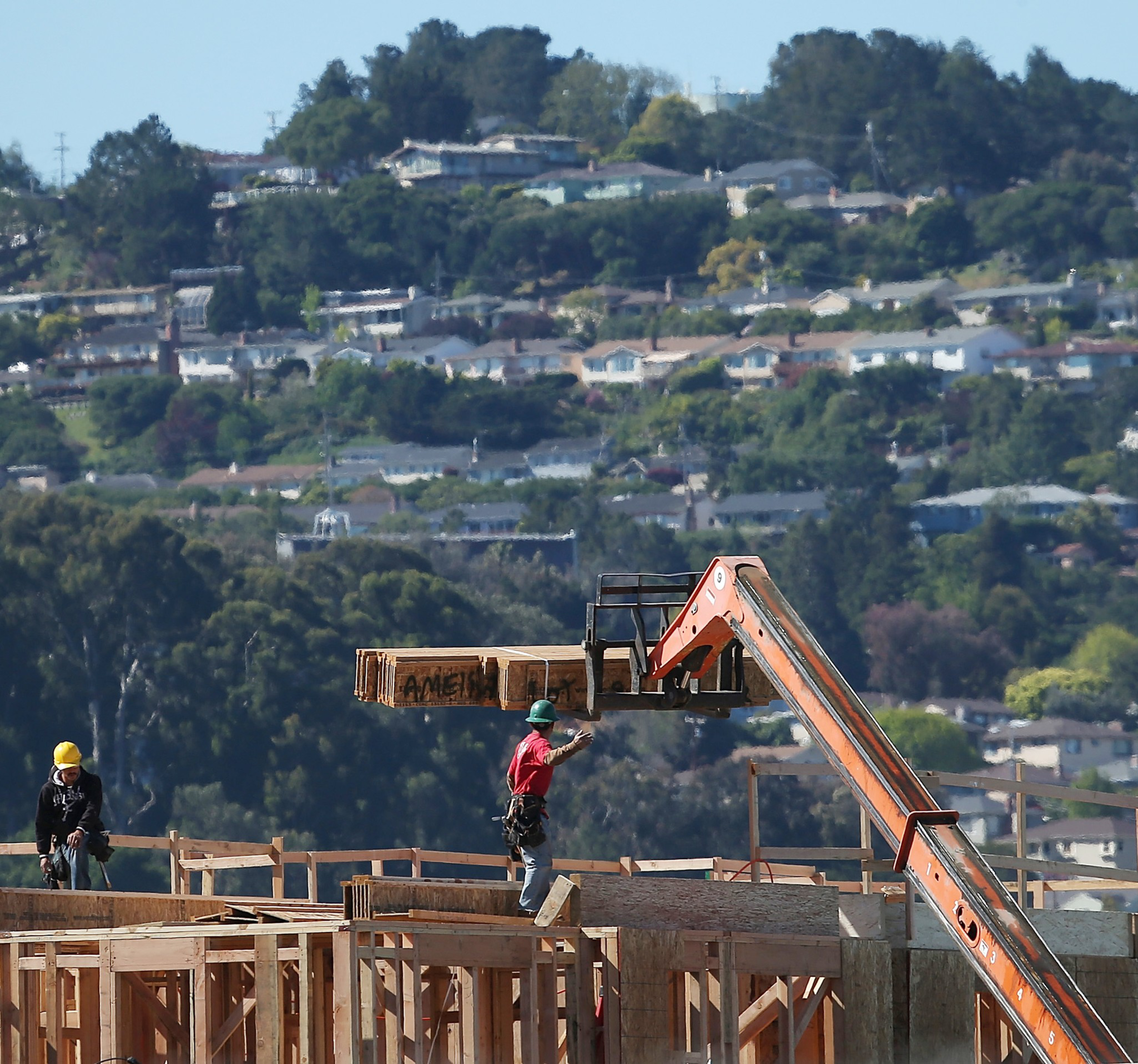By now, everyone is fluent in the language of the GoFundMe page. We normally wouldn’t be asking, the preamble usually reads, but we have no other choice. Please give what you can to help pay for these exorbitant medical costs or help keep this person sheltered.
In the Bay Area, where tens of thousands of much-needed affordable homes are frozen in development limbo because lenders and state officials have tightened their purse strings, local governments are increasingly taking their plight directly to the people and asking taxpayers to fund the very housing they need.
For example, in this upcoming November election, voters in the nine-county region will be asked to decide on a $20 billion tax hike—that will take the form of a loan rather than a donation—to fund affordable housing construction and protections. The agency organizing that effort, the Bay Area Housing Finance Authority, calls it a “public interest mortgage lending system.”

Meanwhile, in the state legislature, lawmakers are trying, for the fourth time, to form a taxpayer-funded real estate development agency—a concept dubbed social housing—to build mixed-income homes. Last year’s bill made it through both chambers before being vetoed by Governor Gavin Newsom.
Each attempt is a way of complimenting the private market when it inevitably falls short like it is today, says state Sen. Scott Wiener.
“In an ideal world, lawmakers wouldn’t have to ask this of taxpayers,” Wiener told The Standard. “But the truth is, we urgently need to solve our housing supply issue now, and we can’t wait around any longer.”
While the topline dollar figures look expensive, it’s important to remember that government or taxpayer investment in housing is not exactly new. San Francisco voters approved three separate housing bonds (opens in new tab) over the last decade and Californians also signed off on a $4 billion statewide bond in 2018 (opens in new tab).

Each year, the state also doles out hundreds of millions to support affordable housing efforts in the form of tax credits and programs that generate revenue through fees (opens in new tab) and cap-and-trade (opens in new tab) auctions, where companies pay the state in order to legally emit an allowable amount of carbon dioxide and related pollutants that contribute to global warming.
But since affordable housing development has always been reliant on state programs to break ground, bonds need to be replenished at least every four to five years for builders to produce enough supply to meet the demand on time, said Matt Schwartz, CEO of the California Housing Partnership.
For that reason, Schwartz said it was discouraging that a $10 billion statewide affordable housing bond, sponsored by Assemblymember Buffy Wicks (D-Berkeley), failed to make it onto the upcoming November ballot (opens in new tab).
According to a 2021 study conducted by nonprofits California Housing Partnership and Housing California, the state would need to fund at least $18 billion a year (opens in new tab) through the end of the decade to close the affordability gap and end homelessness, while simultaneously protecting low-income renters.

“All we’re asking is for housing to get the same status as education and transportation,” Schwartz said, adding that such sectors tend to get more funding because they are viewed as critical infrastructure whereas housing has been thought of as a commodity until recently.
“You can cut all the red tape you want, but if no one is paying for the development, then it’s not going to get done,” he said. “It’s impressive that the [Bay Area] region is stepping up, but we need the state to eventually match these dollars.”
Now the decision is in the hands of voters. To help the “BAHFA bond” cross the finish line, lawmakers are also planning to roll out a separate constitutional amendment on the ballot that would lower the threshold for passage to 55%. If voters pass that as well, it would apply to any bond concurrently on the ballot.
Alfred Twu, a California Democratic Party delegate and candidate for the Berkeley Rent Stabilization Board this November, said because the housing crisis touches not only low-income households these days, they believe that voters have a greater appetite to pay for–or essentially crowdfund–their own solutions.
“More people now see housing funding as something they or their families will get something out of, rather than only pay into,” Twu said. “Housing isn’t quite yet at the support levels public schools, parks and libraries often get, but as more people see social or affordable housing as a service their family can use—support will keep rising.”

